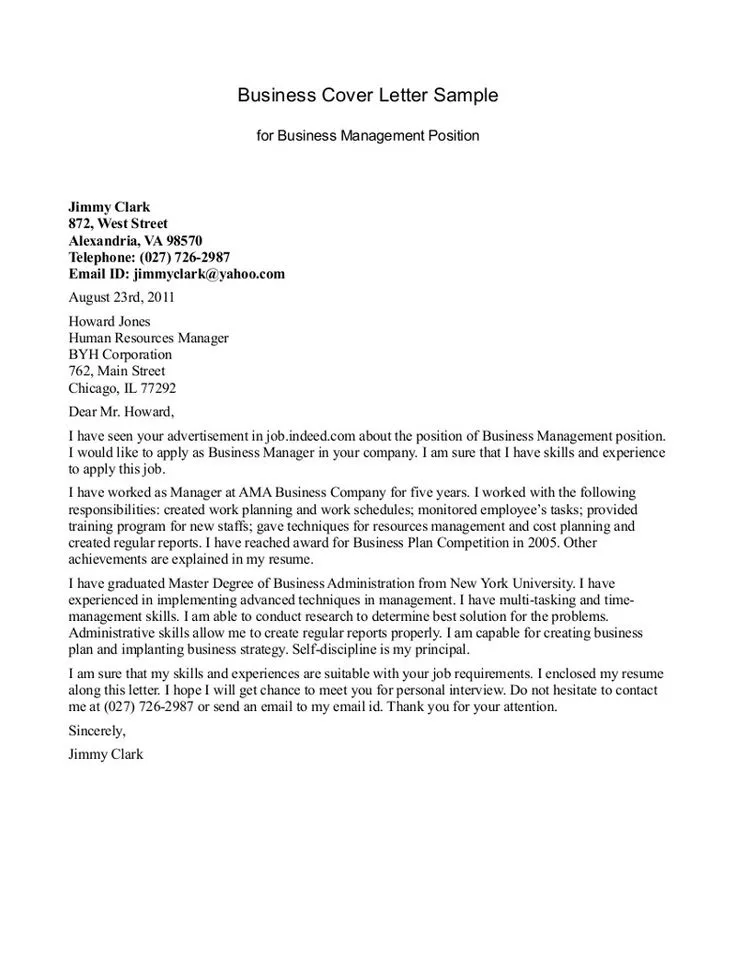Understanding the APA Cover Letter
The APA cover letter, though less frequently discussed than its resume counterpart, is a crucial document in your application toolkit, particularly in academic and research-oriented fields. Its primary function is to introduce you to a potential employer or supervisor, expressing your interest in a specific position or opportunity. It serves as a persuasive narrative, providing a context to your resume and highlighting the most relevant aspects of your qualifications and experiences. Unlike a resume, which offers a factual account, an APA cover letter allows you to elaborate on your skills, explain your motivations, and showcase your personality, making it a critical tool for making a strong first impression. The key is to approach it strategically, understanding the nuances of APA style and tailoring the content to each specific opportunity.
Key Components of an APA Cover Letter
A well-structured APA cover letter follows a predictable format, allowing for clarity and ease of reading. Each component plays a specific role in communicating your qualifications and enthusiasm. From the contact information at the top to the complimentary close at the end, every element should be meticulously crafted. Failing to include or correctly format even a single component can create a negative impression, undermining your efforts. Therefore, a careful approach to the key components is paramount. By focusing on the contact information, the date, the recipient’s information, and the salutation, you can begin your cover letter with a professional and polished appearance.
Your Contact Information
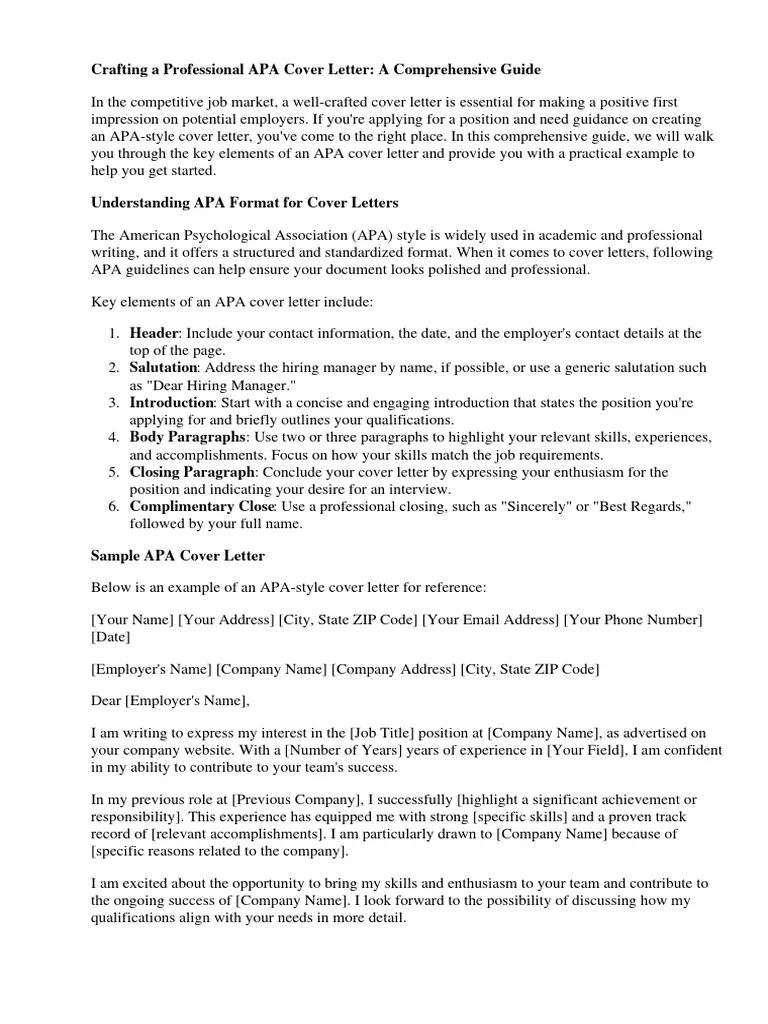
At the very top of your APA cover letter, you should include your contact information. This typically includes your full name, address, phone number, and email address. This information should be clearly formatted and easy to read. Ensure your email address is professional; avoid using nicknames or informal language. If you have a professional website or online portfolio, you may also include the link. This section allows the hiring manager to quickly and easily reach out to you for an interview or to request additional information. Consistency here is important; make sure the information matches what’s on your resume.
Date
Following your contact information, the date of the cover letter should be included. This is the date you are sending the letter. The date should be formatted in a standard way, like using the month, day, and year. This allows the reader to quickly understand when the cover letter was written. This date also indicates the timeliness of your application. Ensure the date is accurate and current, reflecting when you are actively seeking the position.
Recipient’s Information
Next, provide the recipient’s information. If possible, address the cover letter to a specific person, such as the hiring manager or the person in charge of the department. Include their title, the company name, and the company’s address. Researching the appropriate contact person demonstrates initiative and a genuine interest in the position. If the name of the hiring manager is unknown, you can try searching on LinkedIn or the company’s website. Addressing it directly to the hiring manager shows that you have done your research, and it personalizes your application.
Salutation
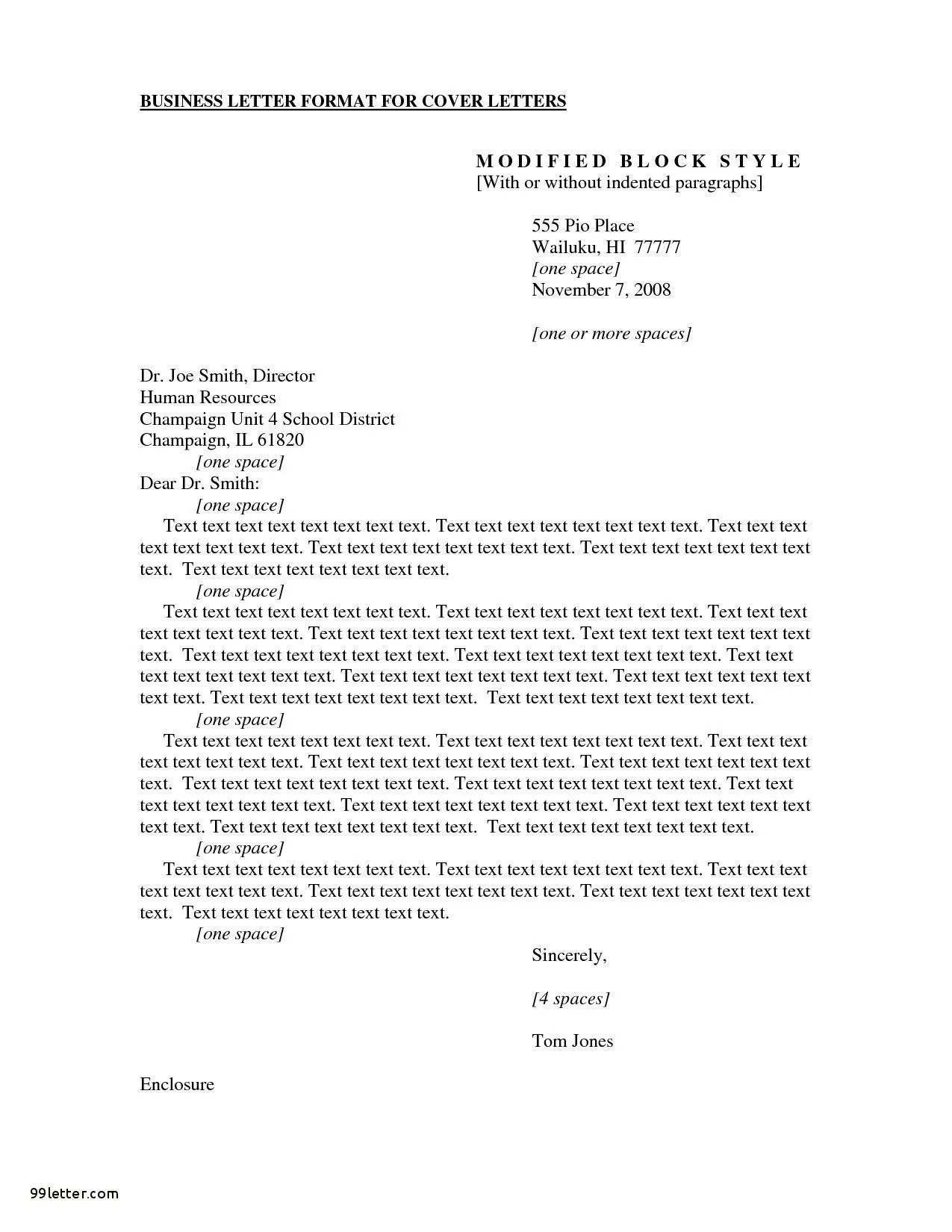
The salutation sets the tone for the entire cover letter. If you know the hiring manager’s name, use a formal salutation like “Dear Mr./Ms. [Last Name]:”. If you are unsure of the name, use a general salutation such as “Dear Hiring Manager:” or “Dear [Department Name] Hiring Committee:”. Avoid using overly casual salutations, like “Hi” or “Hello.” Ensure the salutation aligns with the overall professional tone of the cover letter. Double-check the spelling and ensure you are using the correct title. This section is the start of your impression, so get it right.
Crafting the Body of Your APA Cover Letter
The body of your APA cover letter is the heart of your argument. It’s where you make the case for why you are the ideal candidate. Start with a strong opening paragraph, stating the position you are applying for and how you learned about it. Then, in the subsequent paragraphs, elaborate on your qualifications and experiences, linking them to the specific requirements of the job. The body should highlight your skills, enthusiasm, and suitability for the role. The goal is to present a compelling narrative that convinces the hiring manager to read your resume. Keep paragraphs concise, and use clear, direct language. The most crucial thing to do is be yourself, be enthusiastic, and show your unique qualifications. Let’s break down the key components.
Highlighting Your Qualifications
In this section, carefully select and describe the qualifications most relevant to the job. Focus on the skills, experiences, and accomplishments that align with the job description. Use concrete examples to illustrate your abilities, rather than simply listing them. Quantify your achievements whenever possible. For example, instead of saying, “I managed a team,” say, “I managed a team of five people, increasing project efficiency by 15%.” When the job is specifically research or academic-oriented, show the importance of your experience and expertise. Tailor your qualifications section to the specific job application.
Demonstrating Your Interest
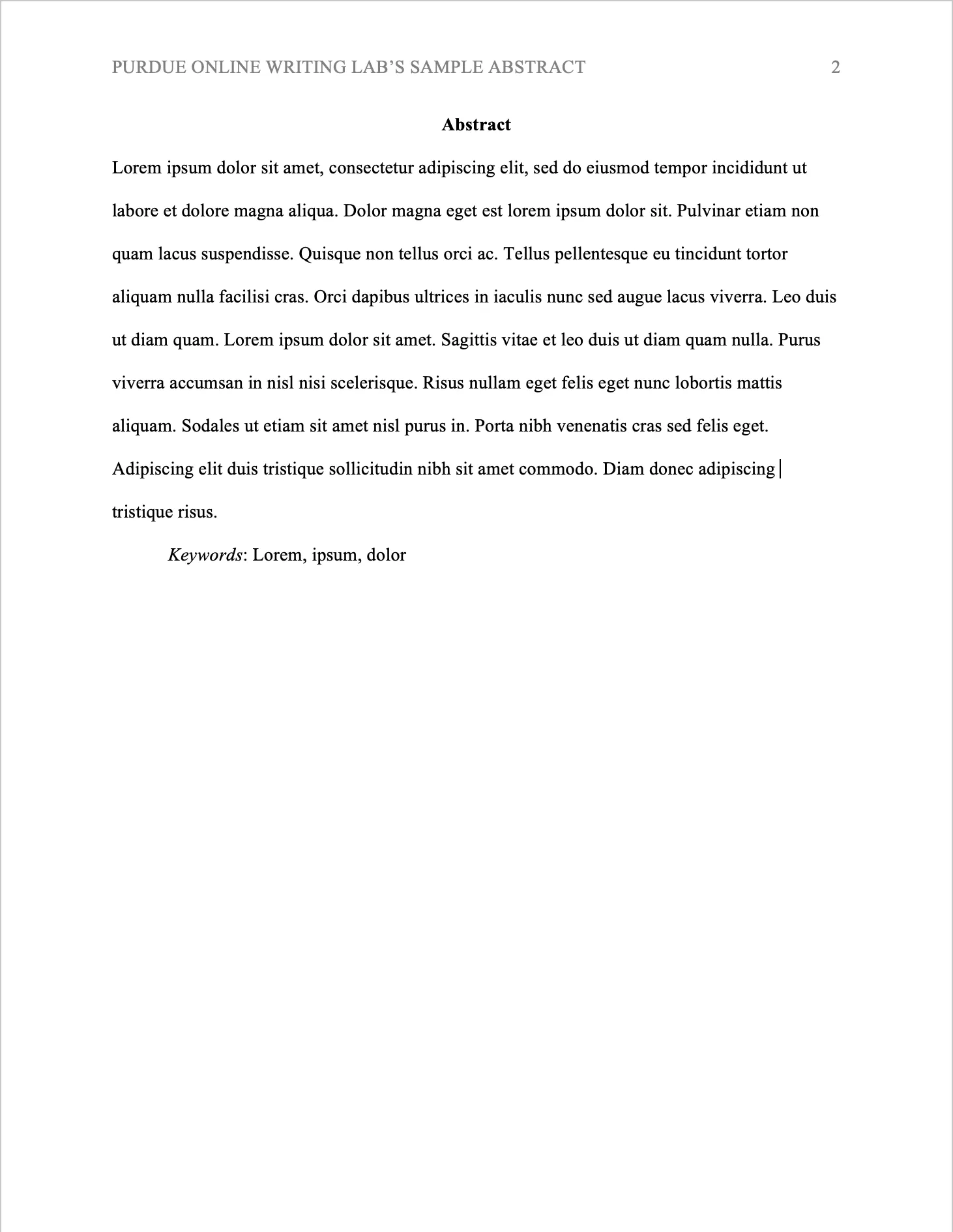
Express your enthusiasm for the specific position and the organization. Show that you have researched the company and understand their mission and values. Explain what interests you about the role and why you are a good fit. This demonstrates that you are genuinely motivated and not simply sending out generic applications. Mention specific projects, research, or initiatives that have attracted you to the company. Show your passion in your APA cover letter! Demonstrate a deep understanding of the specific needs of the role, and also explain your expectations.
Matching Skills to Job Requirements
Carefully review the job description and identify the key skills and qualifications the employer is seeking. Then, in your cover letter, explicitly connect your skills and experiences to those requirements. Provide examples of how you have demonstrated those skills in the past. This is not simply repeating your resume; rather, it is providing context and elaborating on your accomplishments. For each skill, consider what a relevant project or experience you could highlight that shows you in your best light. Make sure your letter focuses on the needs of the employer, not only on your skills. By directly addressing the requirements, you are showing that you understand the expectations of the job.
Formatting & Writing Style Tips
APA cover letters should adhere to the principles of clear and concise writing, while also following APA formatting guidelines. The goal is to present yourself professionally and effectively. Good formatting and writing style will show that you are detail-oriented and professional, which are very important qualities for every potential employer. Using formal language, avoiding jargon, and proofreading carefully are all important parts of creating a well-written and effective cover letter. Here are a few simple yet effective things that you can do to ensure the success of your cover letter.
Proper APA Style Formatting
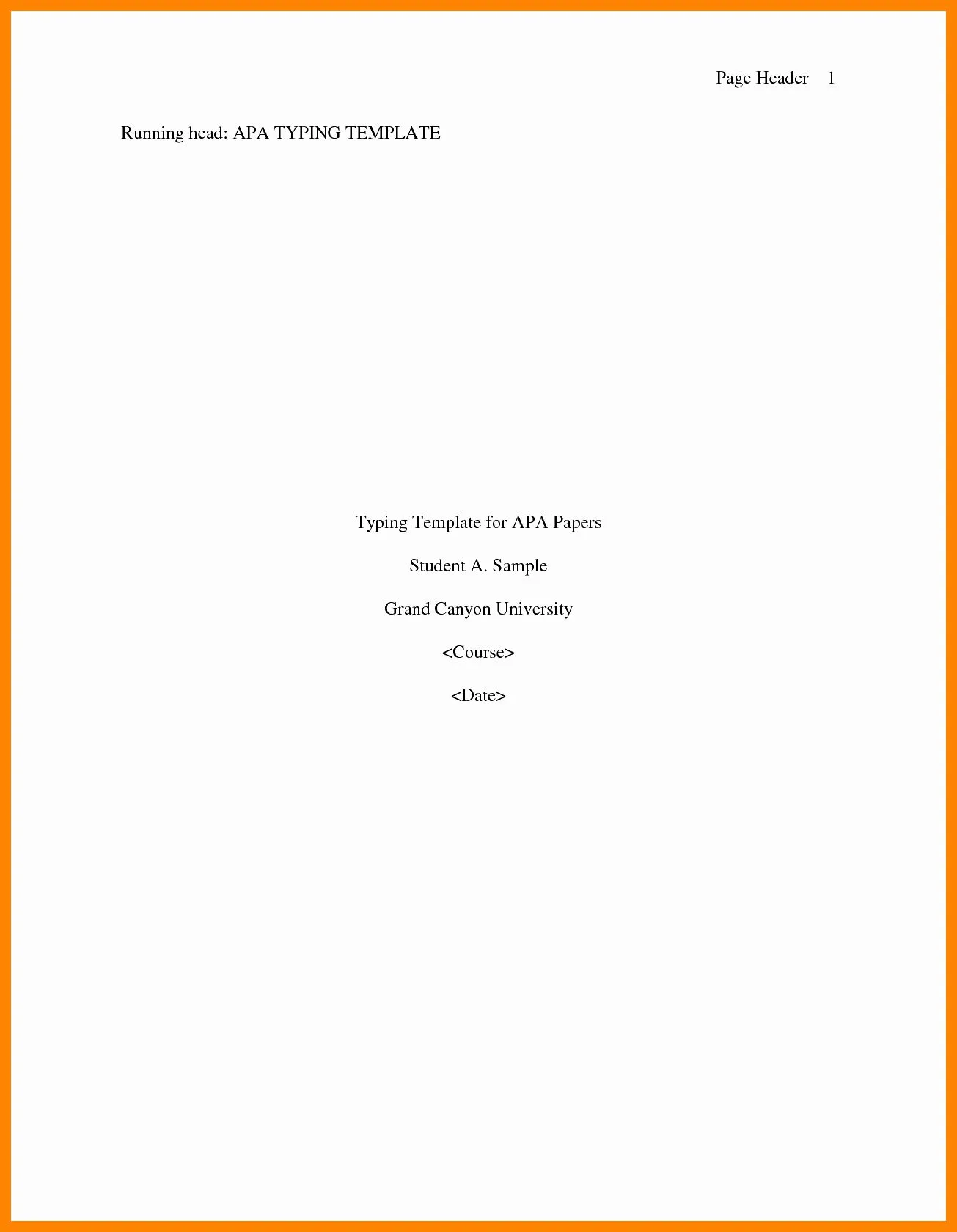
Apply the general formatting guidelines of APA style. Use 1-inch margins, a standard font such as Times New Roman or Arial (12-point), and double-spacing throughout. Just as you would format a research paper, the cover letter must be visually clean and easy to read. Pay careful attention to alignment and spacing. Adhering to these basic formatting rules creates a polished and professional appearance, demonstrating your attention to detail and respect for the guidelines. Consistent formatting makes your letter readable and prevents it from distracting the reader. Following the format of APA makes it obvious that you are well-suited to a professional academic career, and also makes your letter more pleasant to read.
Using Strong Verbs
Use strong, active verbs to describe your skills and accomplishments. Instead of saying “I was responsible for,” say “I managed” or “I led.” This active language conveys confidence and impact. Use action verbs throughout your cover letter to make it more dynamic and engaging. Strong verbs create a sense of energy and directness. Think carefully about the verbs that most effectively convey your achievements. Verbs are the lifeblood of any good cover letter and are essential for making your achievements stand out. Varying the verbs used makes the letter read better, which should be the goal of any APA cover letter.
Proofreading & Editing
Proofread your cover letter meticulously. Check for grammatical errors, spelling mistakes, and typos. Read the letter aloud to catch awkward phrasing or unclear sentences. Have someone else review your cover letter, as a fresh pair of eyes can often spot errors that you may miss. A polished and error-free cover letter shows your attention to detail and professionalism. Careful proofreading is non-negotiable. Always check the recipient’s name, company name, and address for accuracy. Errors in a cover letter, even minor ones, create a negative impression, so be thorough when proofreading.
Closing Your APA Cover Letter
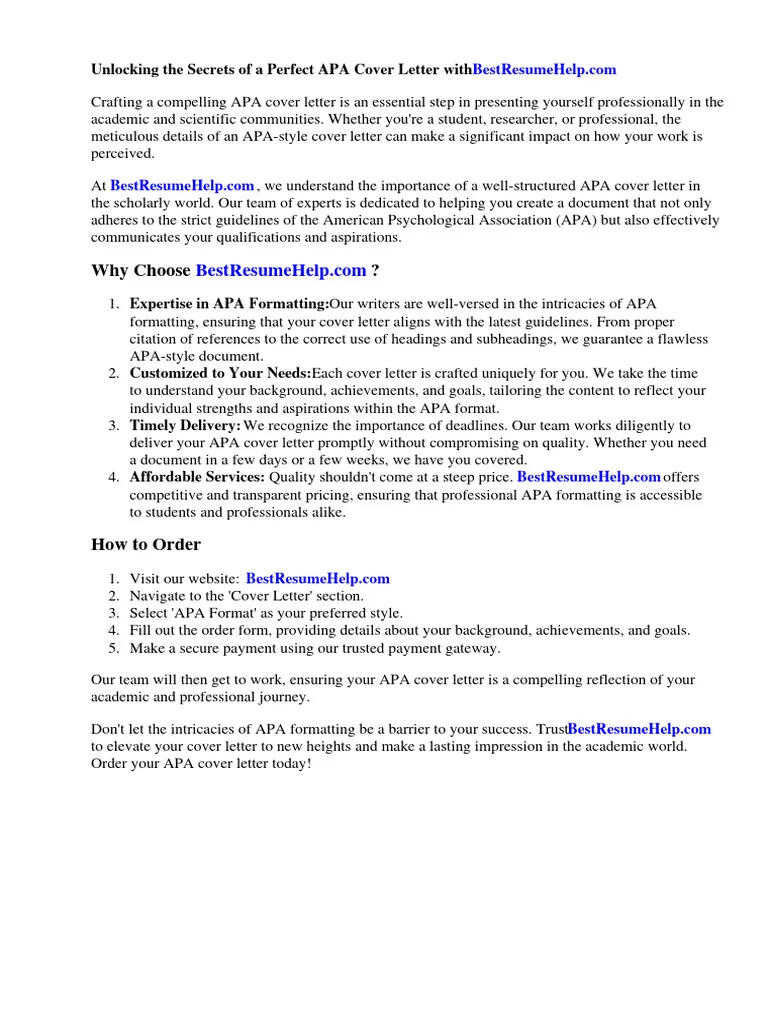
The closing of your APA cover letter should reinforce your interest in the position and express your appreciation for the reader’s time and consideration. It’s your final opportunity to make a positive impression and encourage the reader to contact you. A well-crafted closing leaves the reader with a clear call to action. End with a professional closing, such as “Sincerely,” or “Best regards,” and include your typed name. The closing is an important part of your cover letter as it leaves a great impression. Consider that this is your last chance to make an impression, so be confident, professional, and succinct.
Complimentary Close
Choose a professional and appropriate complimentary close. Common options include “Sincerely,” “Best regards,” or “Thank you for your consideration.” The choice of complimentary close should align with the overall tone of your cover letter. Avoid casual or informal closings. Make sure your close is the right fit for the kind of job and company you’re applying for. Using an appropriate complimentary close is an important part of maintaining a professional demeanor. You can show your appreciation by thanking them for considering you.
Your Typed Name
Below the complimentary close, leave several spaces and type your full name. This is the same name you used in your contact information. This reinforces your identity and allows the reader to easily identify you. It’s important to make sure your name is clearly visible. Do not add any additional information like a signature. The typed name is the professional standard in most modern applications. Always ensure the name is consistent across all application materials, like your resume or references, for a unified professional presence.
APA Cover Letter Examples
Reviewing examples of APA cover letters can provide valuable insights into how to structure your own. Look for examples that are tailored to specific fields or positions, such as research assistant or academic positions. Pay attention to how the applicants highlight their skills, experience, and interests. Study the formatting, language, and tone used in these examples. The goal is not to copy the examples, but to use them as a guide for creating your own unique and effective cover letter. Also, look at multiple sources, from university career services to online job boards, for a wide variety of examples. You may find the perfect reference.
Where to Find APA Cover Letter Templates
Using cover letter templates can save you time and ensure you are including all the necessary components. Many online resources offer free or paid APA cover letter templates. Look for templates that are specifically designed for academic or research positions. Customize the templates to reflect your own qualifications, experiences, and the requirements of the job. Always tailor the content to fit your application. Check your university’s career services or online academic job boards for useful templates. Using a well-designed template is a great way to get started. Remember that the template is only a starting point: you still need to fill in the content and make it your own.
APA Cover Letter Mistakes to Avoid
Certain mistakes can significantly diminish the effectiveness of your APA cover letter. By being aware of the common pitfalls, you can avoid them and increase your chances of making a positive impression. Failing to tailor your cover letter, using generic language, and including irrelevant information can weaken your application. Avoiding these mistakes is crucial for creating a strong and compelling cover letter. A sloppy or poorly written cover letter will likely lead to an automatic rejection.
Common Errors
Pay close attention to common errors, such as grammatical errors, spelling mistakes, and typos. These errors can undermine your professionalism and make a negative impression. Always proofread your cover letter carefully, and consider having someone else review it as well. Also, make sure your formatting is correct and consistent throughout the letter. A cover letter full of errors will do more harm than good, so it’s critical to make sure it’s perfect. A single error can reduce your chance of being hired.
Keywords Stuffing
Avoid “keyword stuffing,” which means trying to cram as many keywords as possible into your cover letter. Instead, use relevant keywords naturally within the context of your writing. Concentrate on quality, not quantity. If you try to overdo it with the keywords, it will make your letter sound artificial, and the reader will not appreciate it. Focus on clearly and concisely communicating your skills and experiences. Only use the most relevant keywords, and also show the reader your unique value as an applicant. Natural language that is clear and concise is always the best path forward.
Submitting Your APA Cover Letter
When submitting your APA cover letter, pay attention to file format, naming conventions, and submission deadlines. Following the instructions provided in the job posting is vital. Proper submission procedures ensure that your application materials are received and reviewed properly. A mistake in the submission process can lead to your application being disregarded. Always double-check everything before hitting the “Submit” button.
File Format & Naming
Unless otherwise specified, save your cover letter as a PDF file. PDF format ensures that your formatting will be preserved, regardless of the recipient’s software. Follow the naming conventions provided by the employer. If no instructions are given, use a clear and descriptive file name, such as “Your Name_CoverLetter_PositionTitle.pdf.” This makes your file easily identifiable. Double check the filename to make sure you’re submitting the correct version of the cover letter. This shows your attention to detail and also increases the chances that your cover letter is opened and read.
When to Send Your Cover Letter
Submit your APA cover letter by the application deadline. Late submissions are often rejected. If the job posting has a specific time to send your application, make sure you take it into account. Aim to submit your application well before the deadline to avoid any last-minute technical issues. If no deadline is given, it’s often best to submit your application as soon as possible. Prompt submission reflects your enthusiasm for the position. Remember to always double-check all the details before submission to ensure the application meets all the requirements.
